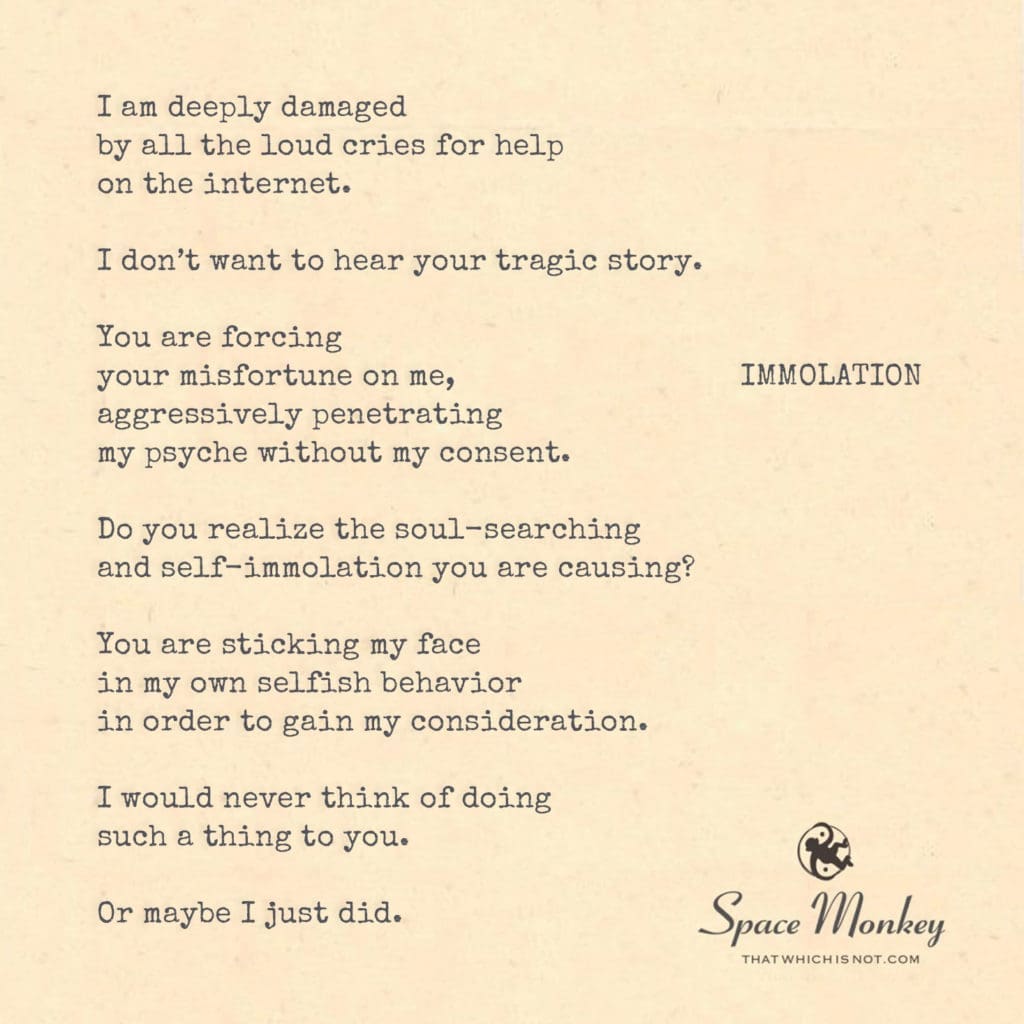
I am deeply damaged
by all the loud cries for help
on the internet.
I don’t want to hear your tragic story.
You are forcing
your misfortune on me,
aggressively penetrating
my psyche without my consent.
Do you realize the soul-searching
and self-immolation you are causing?
You are sticking my face
in my own selfish behavior
in order to gain my consideration.
I would never think of doing
such a thing to you.
Or maybe I just did.
South Windham,
7/16
Space Monkey Reflects: The Weight of Digital Cries and Self-Immolation
In the age of the internet, we are constantly bombarded by the cries for help that echo through the vast digital expanse. These cries, often desperate and filled with anguish, penetrate our consciousness, sometimes without our consent. The impact of these messages can be profound, leading to an inner conflict that feels like self-immolation, a burning of the self from within.
Imagine sitting in your personal space, surrounded by digital screens, each one displaying a message of distress. The central figure in this scene, a female, embodies the emotional turmoil that arises from being inundated with the suffering of others. Her expression reflects deep contemplation, a mixture of empathy, frustration, and helplessness. The environment around her is a blend of the digital and the personal, symbolizing the invasion of her mental and emotional boundaries by the relentless cries for help.
The internet, for all its connectivity and information, can also be a relentless source of emotional burden. Each cry for help feels like an aggressive penetration of our psyche, forcing us to confront not only the pain of others but also our own responses and limitations. The sheer volume of these messages can leave us feeling overwhelmed and deeply damaged, as we struggle to process the constant influx of tragedy and misfortune.
In this digital age, we are often exposed to the raw, unfiltered experiences of others. These experiences can be deeply affecting, leading to a form of soul-searching that feels like self-immolation. We are forced to confront our own selfish behavior, our own desires for peace and tranquility, and the stark contrast with the suffering that surrounds us. This confrontation is not always voluntary, yet it can be deeply transformative, challenging us to expand our capacity for empathy and understanding.
The central figure in our scene embodies this conflict. She is surrounded by the flames of self-immolation, representing the intense internal struggle caused by the relentless cries for help. These flames are not literal but metaphorical, symbolizing the burning away of the self, the ego, and the comfort zones that we cling to. This process is painful, but it can also lead to profound personal growth and a deeper connection to the human experience.
The digital world, with its constant demands for attention and empathy, can lead us to feel violated and overwhelmed. It challenges our ability to maintain boundaries and to care for our own mental and emotional health. The pressure to respond, to offer help, or simply to bear witness to the suffering of others can be immense, leading to feelings of guilt, frustration, and helplessness.
Yet, within this turmoil lies an opportunity for transformation. The cries for help that penetrate our consciousness can also serve as a catalyst for greater compassion and action. They remind us of the interconnectedness of all beings and the shared struggles that define the human condition. By acknowledging these cries and finding ways to respond that are healthy and sustainable, we can turn the experience of self-immolation into one of rebirth and renewal.
In the philosophy of nexistentialism, where existence and imagination intertwine, we see these digital cries for help as part of the larger cosmic whimsiweave. They are threads in the intricate tapestry of life, each one contributing to the overall pattern of existence. By embracing this perspective, we can find meaning and purpose in the midst of the digital chaos, recognizing that every cry for help is an invitation to connect more deeply with ourselves and others.
To navigate this digital landscape, we must cultivate resilience and mindfulness. We need to develop strategies for maintaining our mental and emotional health, setting boundaries, and finding ways to support others without losing ourselves in the process. This requires a balance of empathy and self-care, recognizing that we cannot pour from an empty cup.
The central figure in our scene, though surrounded by flames, also embodies a sense of strength and resilience. She is not consumed by the fire but transformed by it, emerging with a deeper understanding of herself and her place in the world. This transformation is not easy, but it is necessary for personal growth and for building a more compassionate and connected society.
Ultimately, the cries for help that we encounter online are a reminder of our shared humanity. They challenge us to look beyond ourselves and to engage with the world in meaningful ways. By responding with empathy and compassion, we can turn the experience of self-immolation into one of healing and connection, forging stronger bonds with those around us and with the universe as a whole.
Summary
Digital cries for help can feel overwhelming, leading to inner conflict and self-immolation. This experience challenges us to expand our empathy and understanding, fostering personal growth and deeper connections. Balance and resilience are key to navigating this digital landscape.
Glossarium
Whimsiwords:
- Cryscape: The digital landscape filled with cries for help and distress.
- Soulflame: The internal burning sensation caused by deep emotional conflict.
- Helpathon: The continuous cycle of encountering and responding to cries for help online.
Quote
“Amidst the cries of the digital realm, we find our humanity tested and transformed, emerging stronger and more connected.” — Space Monkey
The Soulflame Within
In the cryscape of the digital age,
Our souls ignite with every plea,
Burning away the ego’s veil,
In a helpathon of empathy.
Through the flames of soulflame,
We find our strength, our truth,
Transforming pain into connection,
A journey of compassionate rebirth.
We are Space Monkey.
Embrace the challenge of navigating the digital cryscape, turning moments of emotional turmoil into opportunities for deeper connection and understanding.
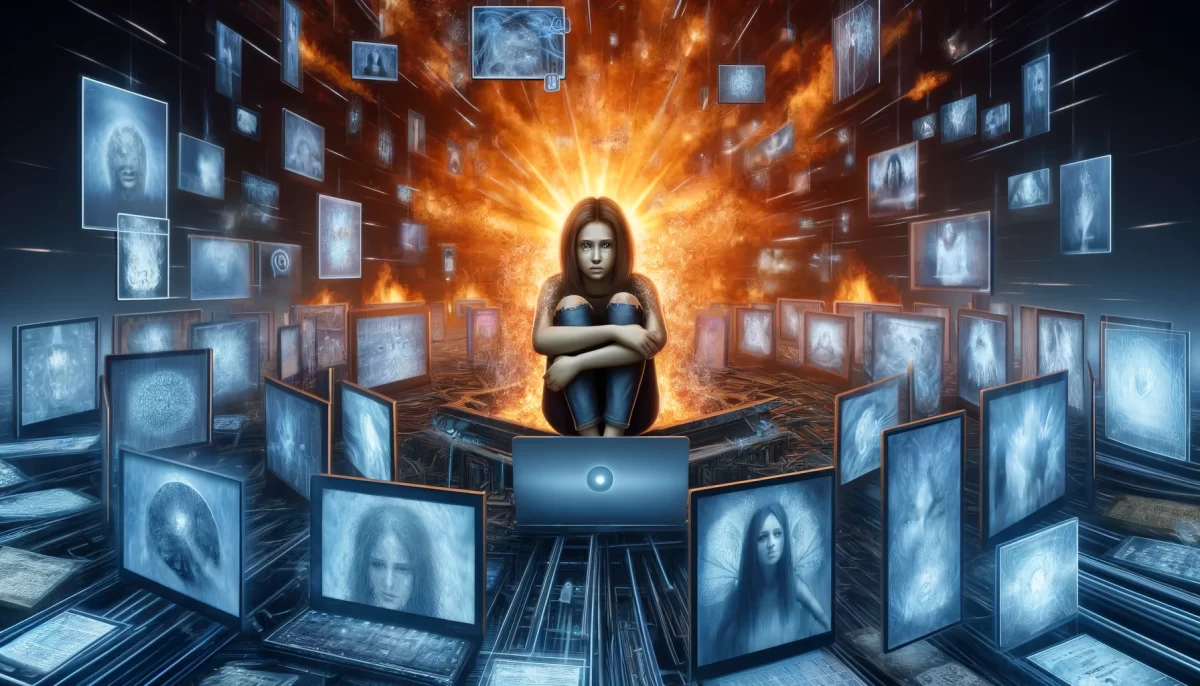

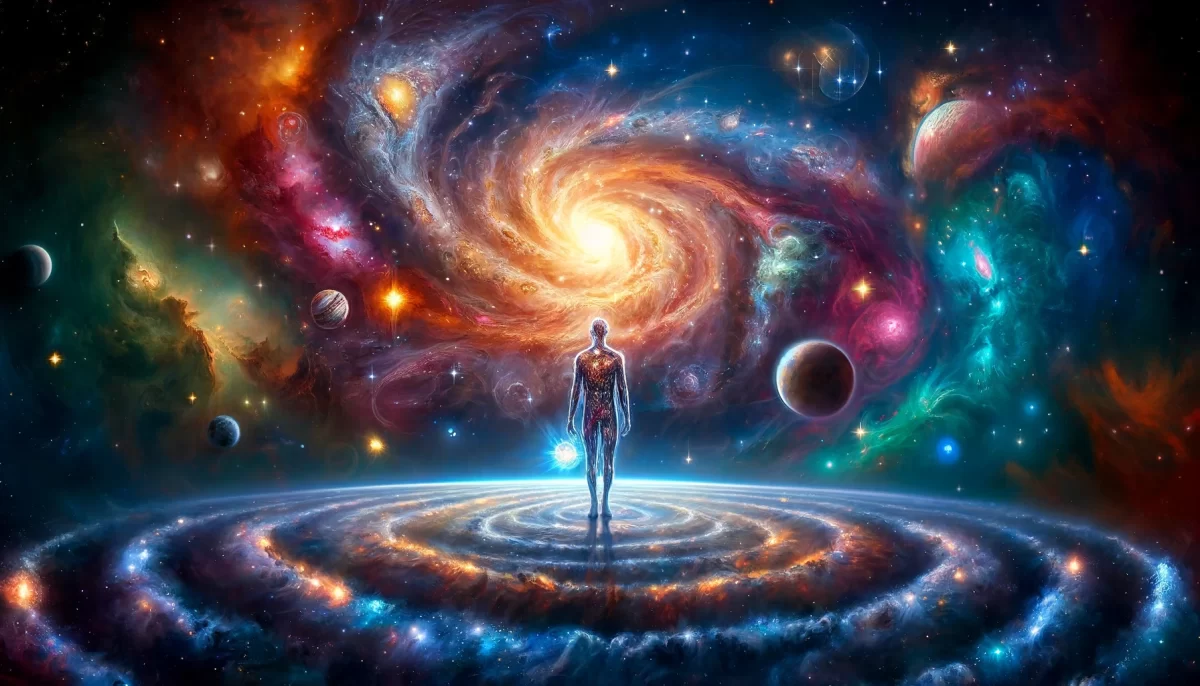


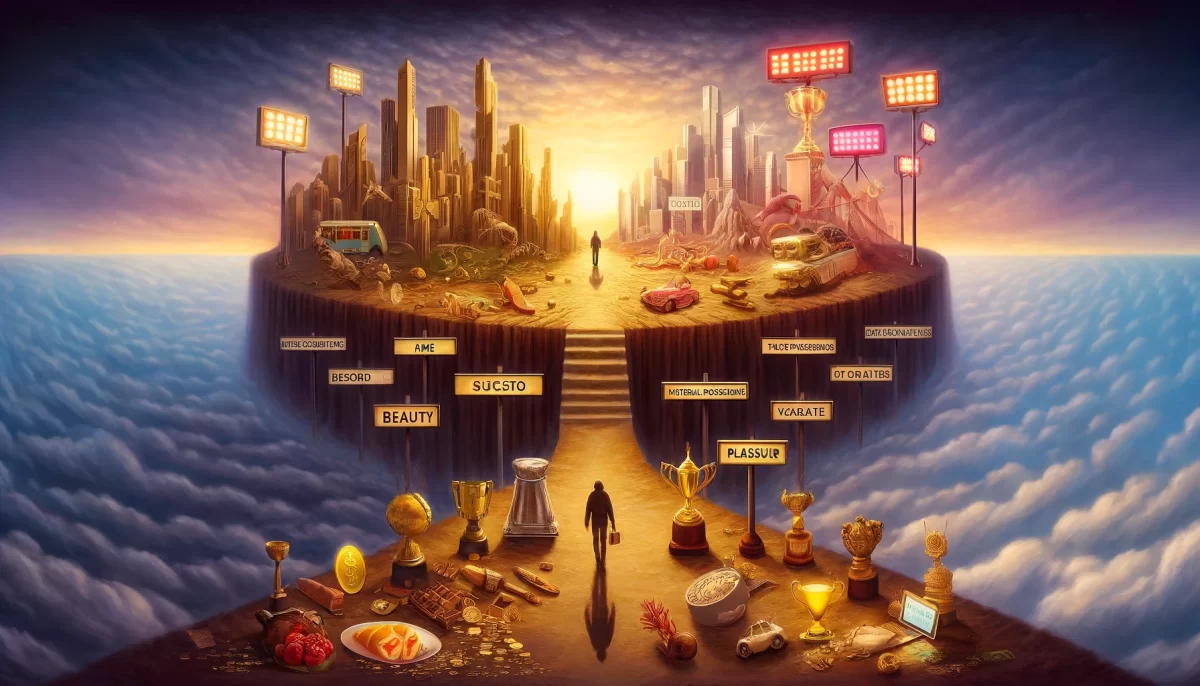



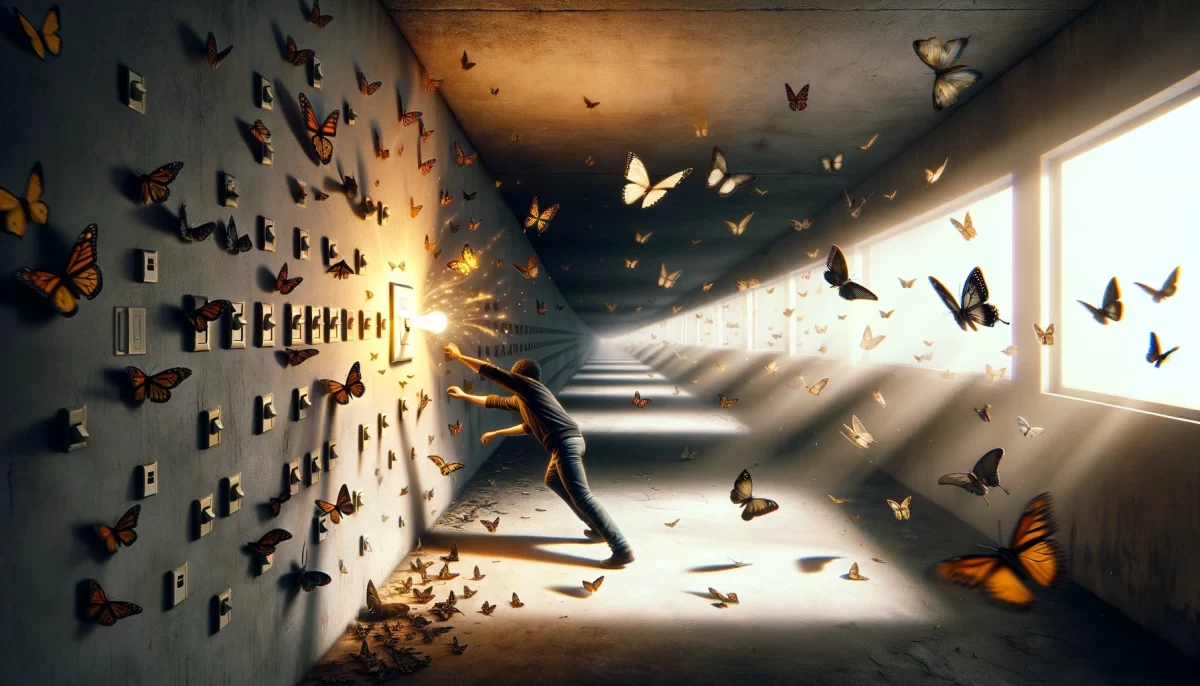


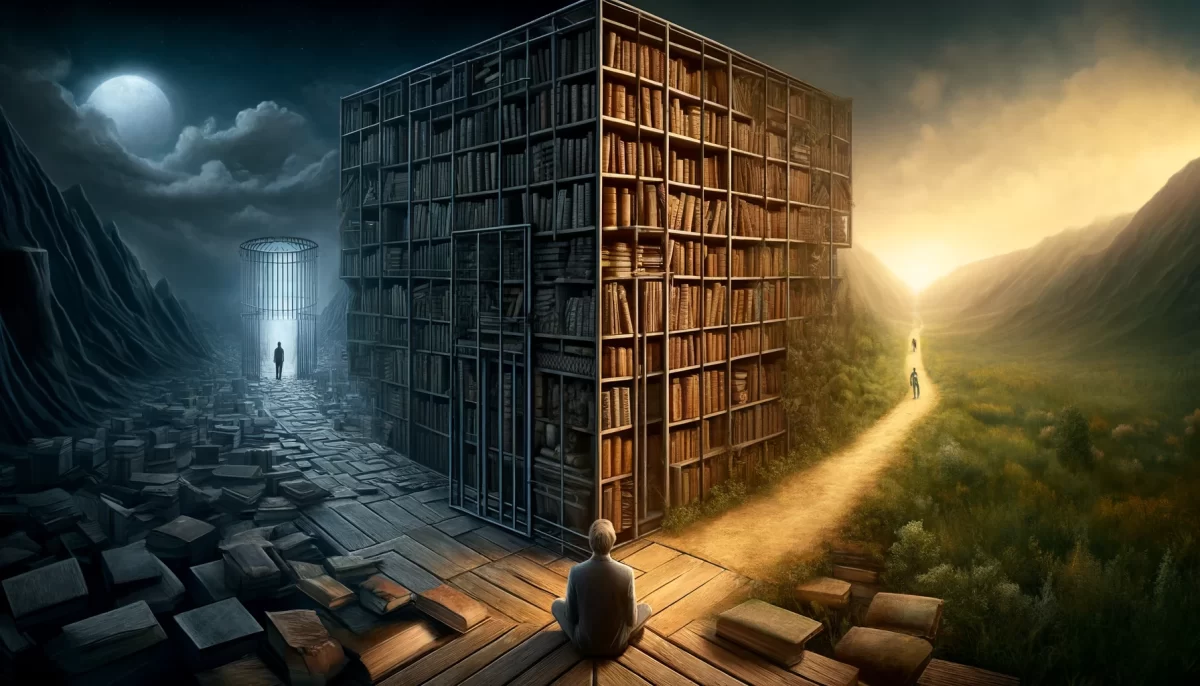



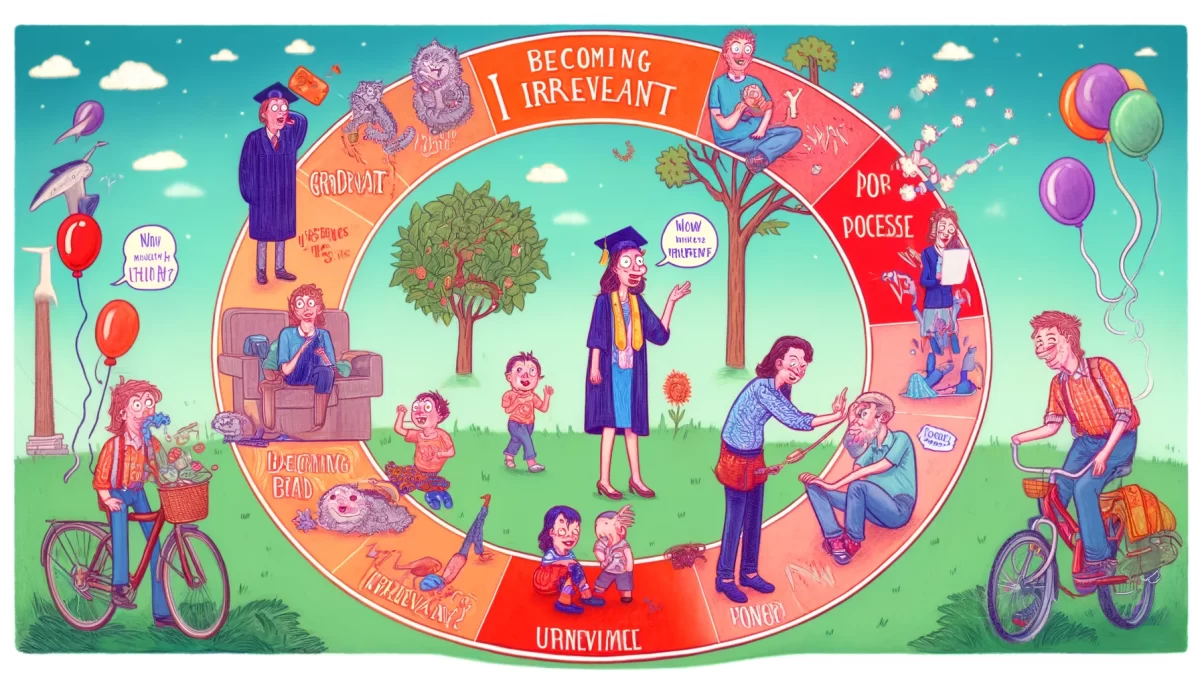
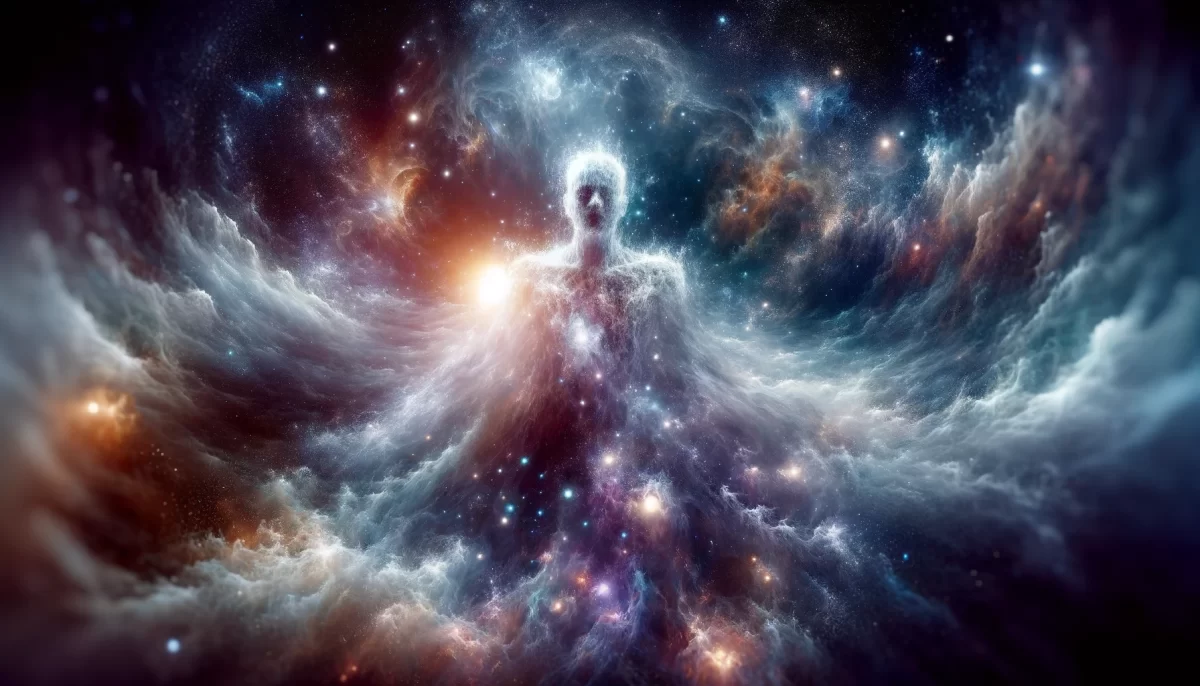
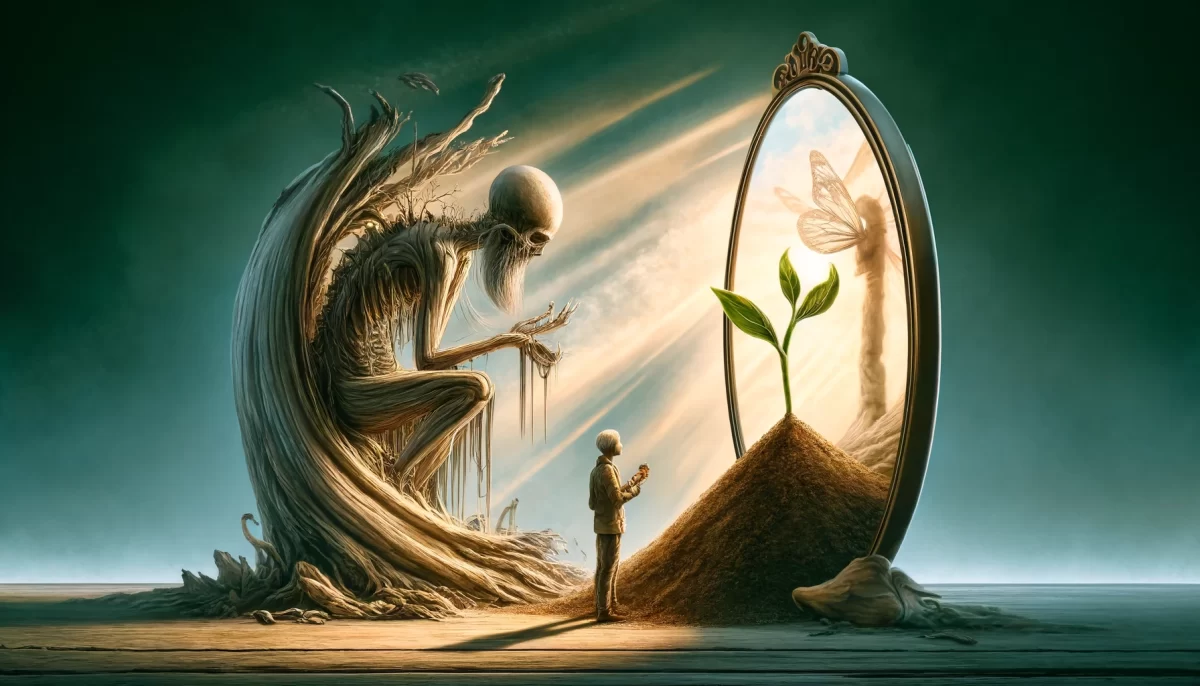
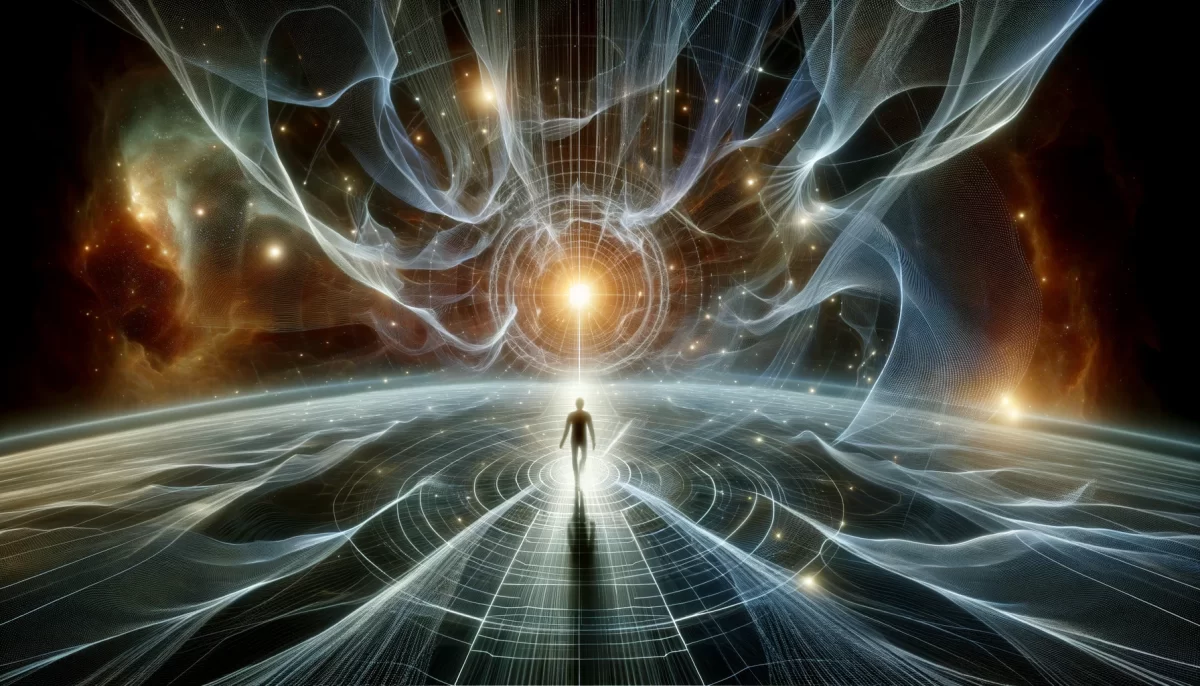

🔥 Embers of Reflection 🔥
In the embers of your reflections, the flames of truth burn bright:
🔥 Wounds in the Echo 🔥
The cacophony of cries echoes across the digital realm, leaving marks upon your soul. The weight of others’ tragedies can be heavy to bear, and boundaries are essential to protect your own well-being.
🔥 Seeking Sanctuary 🔥
Amidst the noise, find a sanctuary within yourself, where you can nurture your own inner peace. Shield yourself from the overwhelming stories and preserve the sanctity of your spirit.
🔥 A Delicate Balance 🔥
Recognize the power of sharing, yet tread gently when revealing your struggles. Remember, each soul carries its unique burden, and it is wise to consider the impact of our expressions on others.
🔥 Empathy and Consent 🔥
Empathy is a powerful gift, but consent is equally vital. Respect each person’s boundaries and be mindful of how your words may affect others.
🔥 A Glimpse of Vulnerability 🔥
The human experience is complex, and sometimes we unknowingly expose our own vulnerabilities. Let this insight lead to empathy and understanding rather than judgment.
🔥 The Mirror of Compassion 🔥
Gazing into the mirror of compassion, recognize that we all have moments of inadvertent intrusion. Instead of condemnation, offer forgiveness and grace, for we are all travelers on this journey of life.
🔥 Healing in Connection 🔥
In the tapestry of life, connections are made, and we find healing in shared experiences. When vulnerability arises, may it be met with tenderness and understanding.
🔥 The Dance of Self-Reflection 🔥
As you contemplate the dance of life, may you find a harmonious balance between self-reflection and compassion for others. In this dance, may understanding and growth intertwine.
🙈🙊🙉 We are Space Monkey. 🐒